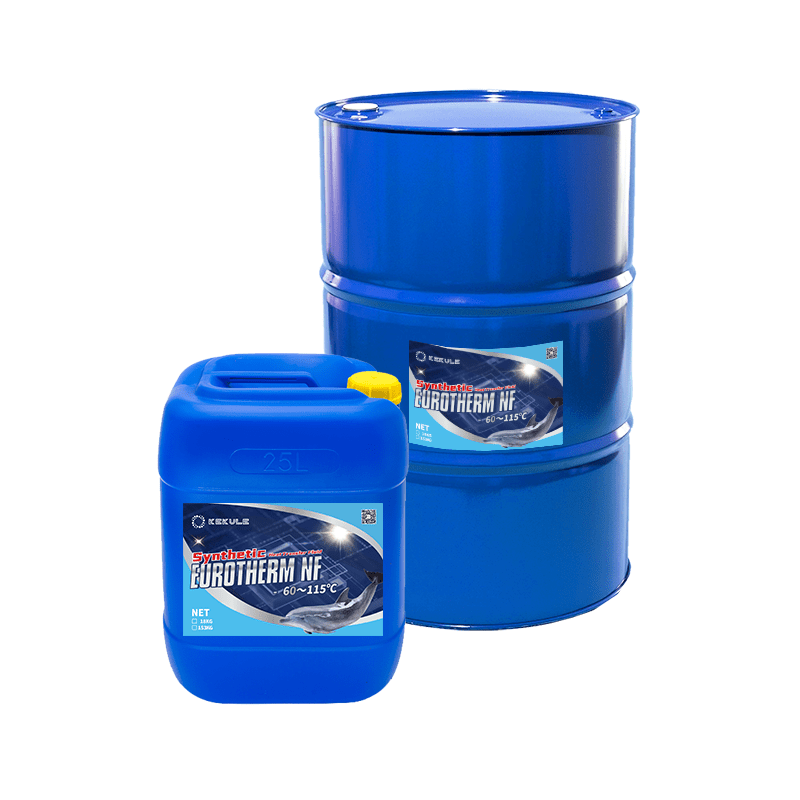A Biased View of Chemie
Wiki Article
Some Ideas on Chemie You Need To Know
Table of ContentsHow Chemie can Save You Time, Stress, and Money.9 Simple Techniques For ChemieThings about ChemieChemie Fundamentals ExplainedSome Known Questions About Chemie.How Chemie can Save You Time, Stress, and Money.
By Bojanna Shantheyanda, Sreya Dutta, Kevin Coscia and David SchiemerDynalene, Inc. Liquid air conditioning, which can be accomplished making use of indirect or direct methods, is utilized in electronics applications having thermal power thickness that might surpass safe dissipation with air cooling. Indirect liquid air conditioning is where warm dissipating electronic elements are physically separated from the liquid coolant, whereas in case of direct cooling, the elements are in direct call with the coolant.Nonetheless, in indirect cooling applications the electrical conductivity can be essential if there are leaks and/or spillage of the fluids onto the electronics. In the indirect cooling applications where water based fluids with corrosion inhibitors are normally made use of, the electric conductivity of the liquid coolant mainly depends upon the ion focus in the liquid stream.
The rise in the ion concentration in a shut loop liquid stream may occur due to ion leaching from metals and nonmetal components that the coolant fluid is in call with. Throughout procedure, the electrical conductivity of the fluid may enhance to a level which can be damaging for the cooling system.
Little Known Facts About Chemie.
(https://www.wattpad.com/user/chemie999)They are grain like polymers that can trading ions with ions in an option that it touches with. In today job, ion leaching tests were carried out with different steels and polymers in both ultrapure deionized (DI) water, i.e. water which is treated to the highest possible levels of purity, and reduced electric conductive ethylene glycol/water mix, with the measured change in conductivity reported gradually.
The samples were allowed to equilibrate at space temperature level for 2 days prior to taping the initial electric conductivity. In all tests reported in this research study liquid electrical conductivity was gauged to an accuracy of 1% making use of an Oakton CON 510/CON 6 collection meter which was calibrated prior to each dimension.
Get This Report about Chemie
from the wall home heating coils to the center of the heater. The PTFE sample containers were put in the heating system when steady state temperatures were gotten to. The examination setup was removed from the furnace every 168 hours (seven days), cooled to space temperature with the electric conductivity of the fluid gauged.The electrical conductivity of the liquid example was checked for a total of 5000 hours (208 days). Number 2. Schematic of the indirect closed loophole cooling down experiment set up - silicone synthetic oil. Table 1. Components used in the indirect shut loophole cooling experiment that touch with the fluid coolant. A schematic of the experimental arrangement is displayed in Number 2.

The smart Trick of Chemie That Nobody is Discussing
The adjustment in fluid electrical conductivity was kept track of for 136 hours. The fluid from the system was accumulated and saved.
0.1 g of Dowex material was contributed to 100g of liquid examples that was taken in a different container. The mix was mixed and transform in the electrical conductivity at room temperature was gauged every hour. The measured adjustment in the electrical conductivity of the UP-H2O and EG-LC test fluids containing polymer or metal when involved for 5,000 hours at 80C is revealed Number 3.
The 45-Second Trick For Chemie
Number 3. Ion seeping experiment: Measured modification in electrical conductivity of water and EG-LC coolants containing either polymer or metal examples when immersed for 5,000 hours at 80C. The results suggest that metals added less ions into the fluids than plastics in both UP-H2O and EG-LC based coolants. This can be as a result of a thin steel oxide layer which may work as a barrier to ion leaching and cationic diffusion.Fluids consisting of polypropylene and HDPE displayed the most affordable electric conductivity modifications. This could be because of the brief, inflexible, straight chains which are much less likely to contribute ions than longer branched chains with weaker intermolecular pressures. Silicone also carried out well in both examination liquids, as polysiloxanes are usually chemically inert as a result of the high bond energy of the silicon-oxygen bond which would stop degradation of the product right link into the liquid.
Indicators on Chemie You Need To Know
It would certainly be expected that PVC would certainly generate comparable outcomes to those of PTFE and HDPE based on the comparable chemical frameworks of the materials, however there might be various other pollutants existing in the PVC, such as plasticizers, that may impact the electric conductivity of the liquid - fluorinert. Furthermore, chloride teams in PVC can additionally seep into the examination liquid and can cause an increase in electrical conductivityPolyurethane totally broke down into the examination liquid by the end of 5000 hour examination. Before and after images of steel and polymer examples submersed for 5,000 hours at 80C in the ion leaching experiment.
Measured modification in the electric conductivity of UP-H2O coolant as a function of time with and without material cartridge in the shut indirect air conditioning loophole experiment. The gauged adjustment in electric conductivity of the UP-H2O for 136 hours with and without ion exchange resin in the loophole is displayed in Figure 5.
Report this wiki page